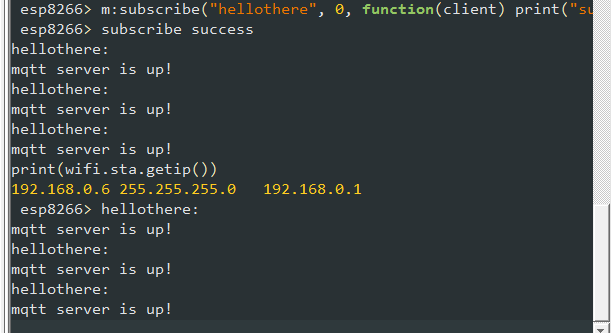Reminiscing over older posts I did find one where I had got the shitzup with the Orange Pi zero dropping the network connection.
We know now that, as it turned out, I was finding the occasional dropping out of the Raspingdoodleburry Pi (or RPi) that I purchased, having reluctantly relented on my position of avoiding monopolies. The RPi then replacing the OPi as the home server. I replaced the OPi ostensibly because I had the shitzup thinking it was the OPi was the problem (given the raft of problems I had initially with a fragged board and then some).
Tick, tick, tick, tick, …. , DING!
I did (accidently) fall into a solution for the RPi disconnecting occasionally from the wifi. The problem being there was a race between the RPi and the Foxtel box for the same IP address. That sorted, that pesky RPi has now been mostly rock solid.
I am comfortable, looking back, the poor old OPi was having the same problem, since it had been previously allocated the home server IP address I had cooked up. I, of course, gave that IP address to the RPi when I set it up.
DOH!
Poor old much maligned OPi zero.




You must be logged in to post a comment.